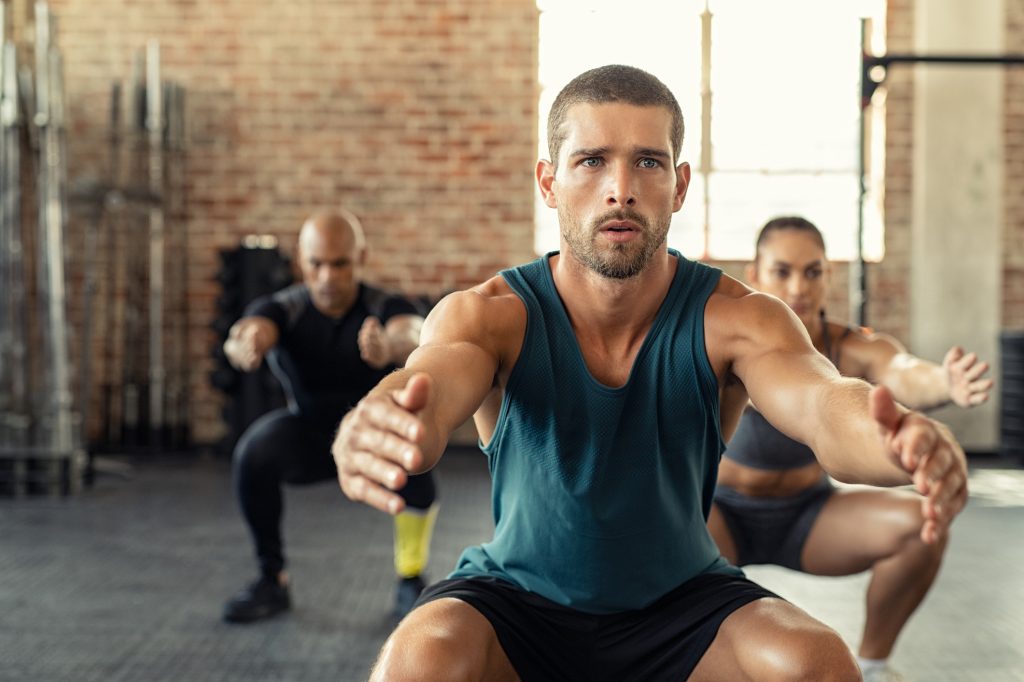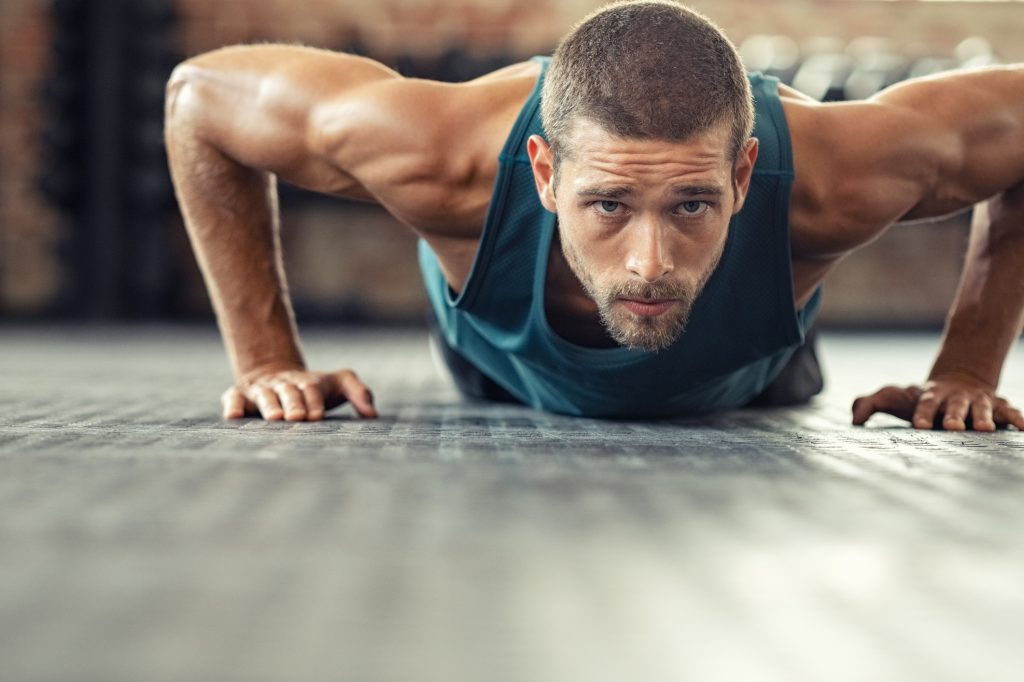Enhance your strength training with compound exercises, says Alexander Roberts
Compound exercises involve moving two or more joints at the same time, which is different from isolation exercises that focus on one particular muscle group and a single joint. For example, a squat is a type of compound exercise, while a leg extension is a type of isolation exercise. While both forms have their own advantages, compound exercises are more time-efficient, as they work more muscle groups all at once.
Training sessions that involve more compound exercises can save you time since you get a better workout compared to just doing isolation exercises. By using multiple muscles at the same time, you can enhance your functional fitness levels, as they work on whole-body coordination and help your muscles get used to working in an integrated manner. Using compound movements like squats or deadlifts also burn more calories than exercises that only activate single muscles, such as bicep curls.
You may realise by now why it’s good to incorporate compound exercises into your fitness routine. Here are 5 that you may like to include specifically.

1. Squats
Some trainers feel that squats are the ultimate exercise because they activate so many muscle groups in the lower body. Squats involve the movement of multiple joints and work on the quadriceps, hamstrings, glutes, and calves. But even though squats are highly effective, you should also incorporate other exercises like lunges, step-ups, and leg presses to help strengthen your quadricep muscles and to balance out the muscles in your lower body.

2. Lunges
Lunges and lunge variations can help you work on many different muscles in your lower body like your hamstrings and quads. They are better at building stronger quads rather than hamstrings, although you will work both these muscles in a lunge.
By tilting your upper body slightly forwards when lunging, you can activate your hamstrings more. Walking lunges can also increase activation of the hamstrings and can burn extra calories too. Once you’ve mastered the standard lunge technique, you can progress to lunge variations that work the hamstrings and quads in different ways.
3. Deadlifts
To achieve maximum muscle group training and strength building, add deadlifts that work your lower and upper body muscles simultaneously. Deadlifts also help your body produce fat-burning hormones like growth hormone and testosterone that stimulate the growth of muscles and enhance fat burning. Because deadlifts work on so many muscle groups, they are an excellent way to burn calories and outperform most strength training exercises – particularly if you apply extra resistance. However, you should be careful if you have a history of back issues and perhaps opt for easier variations of deadlifts like the sumo deadlift.

4. Push-ups
Push-ups allow you to train your upper body muscles without having to rely on gym equipment though you could use a mat for added comfort. Push-ups work your chest, triceps, and arm muscles, and you can focus more on your triceps if you shift your weight around by placing your hands closer together. This variation makes push-ups more challenging. Conversely, the wider you place your hands apart, the more you activate the pectoral muscles in your chest.
5. Parallel Dips
While it can be challenging for beginners, parallel dips are a great way to build muscle mass in your upper body by working out your triceps, chest muscles, and core. You can vary parallel dips to focus more on different muscle groups like the chest or triceps. Some people even do them with weighted chains to add extra resistance to build more muscle mass. However, be mindful that dips are not suitable for people with shoulder issues.

